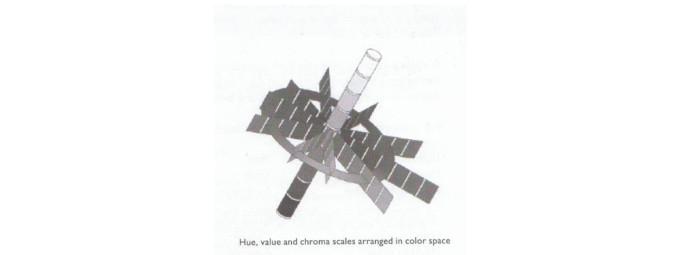By Nicole Schmidt
When first-year fashion student Sarah Dunlop first bought her colour theory textbook, she says she flipped through the pages to try to get a sense of what the course would be about.
But instead she says she found the readings hard to understand.
“All I could think was ‘what the fuck is candied peel or delphinium?'” Dunlop said. “There was no image to help me figure it out. Colour isn’t something you can read about; you need to be able to see it yourself.”
Colour for the Real World is a black-and-white textbook required for “Colour and Design,” a mandatory course for first-year fashion students.
Sold for $75.95 at the Ryerson bookstore, it comes with a CD containing approximately 325 visual references that are discussed in the print version, including pictures and colour swatches.
“We paid a lot for a book about colour that doesn’t have any direct visual references to colour at all,” said Dunlop.
But, according to Alice Chu, the course’s professor and co-author of Colour for the Real World, if the book were sold with the colour images included, it would retail for approximately $200.
“[Two-hundred dollars] is so much money to impose on students and it’s not fair,” said Chu, stressing that the purpose of the inclusion of the disk is cost efficiency.
The files on the CD follow each chapter closely, elaborating on information by providing visual accompaniment.
For example, the Munsell colour system – a system that identifies colour by hue, value and chroma – is frequently discussed in the textbook. In the print version, a photo of the different shades and space spectrums is provided but it’s in black-and-white, which makes the explanation about the munsell system dependent on the disk.
This cross-referencing between sources is a lot more time-consuming, but according to Robert Ott, chair of Ryerson’s school of fashion, it is a way to teach students to use different learning resources.
“We’ve found a formula that increases usefulness,” said Ott. “We’ve been forced to think that traditional text is the only way to learn. We need to be open-minded towards both traditional and new methods.” Chu agrees. She says the CD is easier to navigate and ensures that images and colours are properly conveyed; it is a matter of getting used to it.
“Society has people who are early adaptors and people who are late adaptors,” Chu said. “The early adaptors get the most out of life.” For students like Dunlop though, whose laptops don’t have a CD drive or who are visual learners, adapting is much harder.
“I have an external drive, but that’s just one more piece of equipment I need to drag around to be able to use this textbook,” Dunlop said. “We’ve only referenced [this textbook] once so far. It makes more sense to have all the material in one.”
– With files from Susana Gómez










Leave a Reply